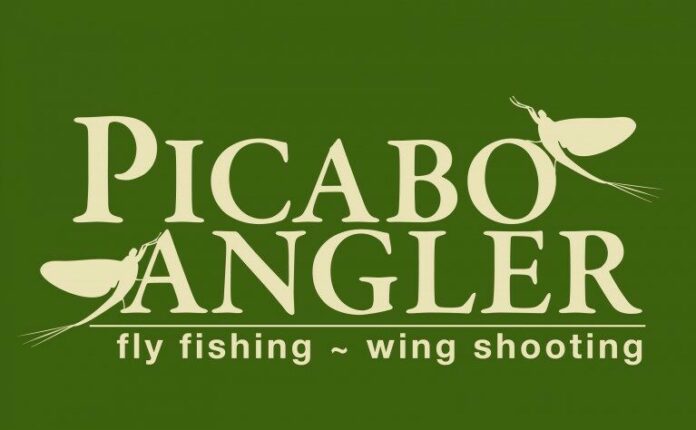 Fishing patterns remain mostly unchanged on local waters, so in place of a standard fishing report, here is a description of some of our favorite flies:
Fishing patterns remain mostly unchanged on local waters, so in place of a standard fishing report, here is a description of some of our favorite flies:
Woolly Bugger – This is a classic streamer pattern that represents a variety of food sources. Depending on the size and color, the Woolly Bugger can represent leeches, crayfish, aquatic worms, stonefly nymphs, sculpin, juvenile trout, and baitfish. Consider carrying buggers in black, olive, brown, white, and yellow in sizes 6 – 12. This pattern can be weighted or unweighted, and there is no wrong way to fish it. A great all-around pattern would be a black conehead bugger in size 8 or 10.
Zebra Midge – Midges are abundant in all of our local waters (rivers and reservoirs) and are always available to trout. Zebra midges represent midge larva and are one of the simplest flies to tie; they typically consist of thread, wire, and a bead. While this fly can be tied in a wide variety of colors and sizes, it’s hard to beat red or black in sizes 16 – 20.
Parachute Adams – The standard Parachute Adams has been a staple fly pattern on most trout waters. It looks buggy enough to warrant a trout’s attention and is a great imitation of many mayflies. The classic Parachute Adams is tied in “Adams grey” but many other colors are effective as well (purple, tan, etc.).
Chubby Chernobyl – This is another fly that does a lot of things well! Tied in large sizes, the Chubby Chernobyl can represent a Salmonfly, Golden Stonefly, cranefly, grasshopper, or October Caddis. In smaller sizes, trout mistake it for a baby ’Hopper, Caddis, or large beetle. The Chubby comes in almost any color imaginable, and it makes a wonderful attractor pattern. Drop a nymph of this fly, and you have the perfect floating strike indicator.
Foam Beetle – While grasshoppers often get the glory during terrestrial season, beetles are a staple of a trout’s diet. They are available to fish for a long portion of the season, and just look like “trout food.”
Rusty Spinner – This pattern can be used to represent the spinner stage of almost any mayfly if fished in the appropriate size. A size 20 – 24 bug can represent a Trico, while a fly sized 10 – 12 is a great imitation of a brown drake. Sizes 14 – 10 cover BWOs, PMDs, Callibaetis, Mahogany Duns, etc. Don’t fish Silver Creek or the Big Wood without Rusty Spinners!
Happy fishing, everyone!



